I am reading about the 2nd order transfer function of a 2nd order system (like the mass-spring-damper system). I am constantly seeing the following form as the standard one:
\begin{equation} H(s) = \frac{\omega_0^2}{s^2 + 2 \zeta \omega_0 s + \omega_0^2} \end{equation}
But my questions are:
Why there are not zeros in this standard form? From what I am reading the general 2nd order transfer function can have zeros but in that form there are none and it is said to be the standard one.
Why there is no gain? I hardly found out sources that even mentioned the gain. Their standard form was:
\begin{equation} H(s) = \frac{K \cdot \omega_0^2}{s^2 + 2 \zeta \omega_0 s + \omega_0^2} \end{equation}
- From what I understand the general form, the one that should be called standard, should be derived from the general form of the 2nd order differential equation:
\begin{equation} a_{2}\frac{d^{2}y(t)}{dt^{2}}+a_{1}\frac{dy(t)}{dt}+a_{0}y(t)=b_{m}\frac{d^{m}x(t)}{dt^{m}}+b_{m-1}\frac{d^{m-1}x(t)}{dt^{n-1}}+...+b_{0}x(t) \end{equation}
But from what I see it is derived from the not so general form:
\begin{equation} \frac{d^{2}y(t)}{dt^{2}}+a_{1}\frac{dy(t)}{dt}+a_{0}y(t)=x(t) \end{equation}
Why is that?
I have already read those questions (1),(2) and although they are not very similar I am mentioning them in case anyone see them as duplicates.
